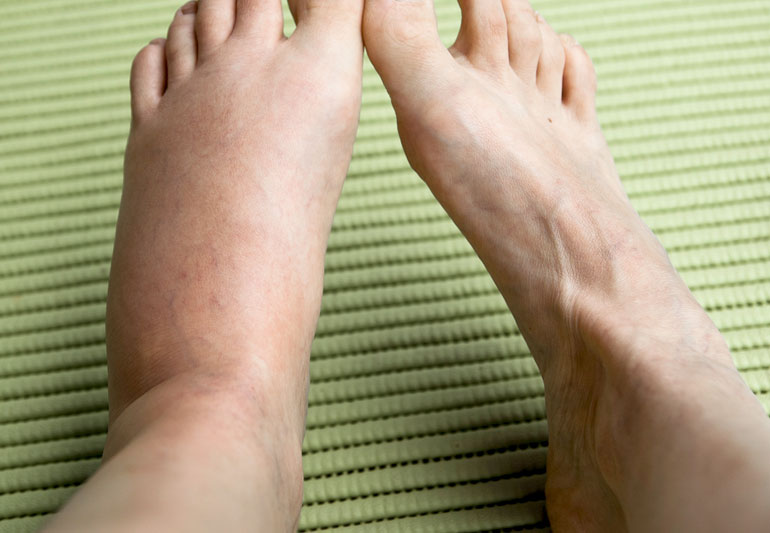
Leg swelling is not always a sign that you have a circulatory problem or another severe condition like heart disease. You could have your legs swollen because of sitting for a long time, being overweight, or inactive. Mostly the swelling disappears on its own or with prescription medication and ointments. However, you should not hesitate to contact your Port Saint Lucie leg swelling professional when it takes a long time to disappear and start experiencing painful symptoms.
What is likely to cause leg swelling?
The two leading causes of leg swelling are:
· Edema (fluid build-up). Your legs will have a fluid build-up when the blood vessels or tissues hold more fluid than they are supposed to, making your legs looked puffed up. Fluid retention mainly results from sitting for too long or spending extended hours standing. Additionally, it could be a warning signal that you are developing a severe medical condition, becoming overweight, or not doing enough physical exercises.
· Inflammation. Inflammation is your body’s natural response when you break a ligament or tendon. However, it could also be a sign of an inflammatory illness like arthritis.
How will your doctor treat leg swelling?
There are several conservative approaches your doctor will recommend to help with your leg swelling. He could suggest you wear compression stockings, exercise every day, and cut down on your salt intake. However, sometimes the venous problem is so severe and results in so much discomfort that the only way to treat it is to eliminate the problematic vein. Your doctor’s removal of the vein will prevent blood from flowing through them, causing you pain. Your blood eventually finds new paths to your heart, forcing the old veins to wither and disappear.
The most common minimally invasive procedures your doctor may recommend include:
· Sclerotherapy. Your doctor will prefer the treatment if he is dealing with veins that are too small and twisted for catheter treatment. The treatment requires the specialist to inject a solution in your affected veins to shrink them.
· Venous ablation. The treatment uses lasers to close your malfunctioning veins. During the procedure, your doctor inserts a catheter into the affected vein to guide the probe using radio waves or lasers to shut the veins.
If the problem is deep in your venous system, the expert will use an interventional procedure to:
- Insert a tiny balloon into your affected vein to open it up to allow blood to flow through efficiently.
- Place filters in your prominent veins to trap blood clots before they reach your heart.
· Surgery. A surgical procedure is usually the last resort your doctor will recommend after the other treatment options fail. Depending on your condition’s severity, the procedure could include repairing a valve, bypassing the vein, or removing the affected vein or part of it.
Leg swelling may not be a sign of something serious and will disappear on its own without treatment. However, that does not mean that you should ignore it, especially when you start experiencing leg pain, fatigue, and shortness of breath. To get help for your leg swelling and prevent it from graduating into something serious, contact the experts by scheduling your appointment online.